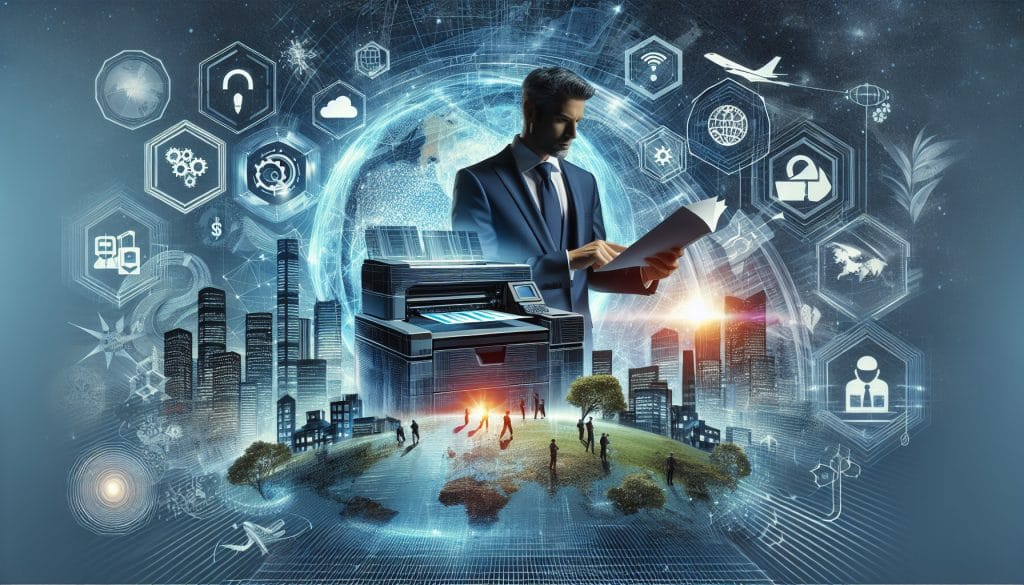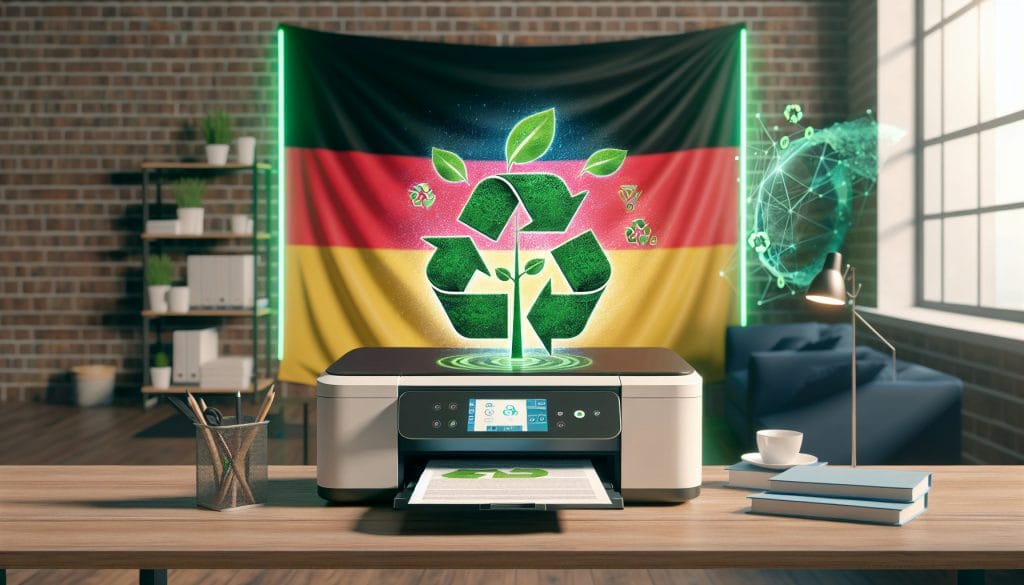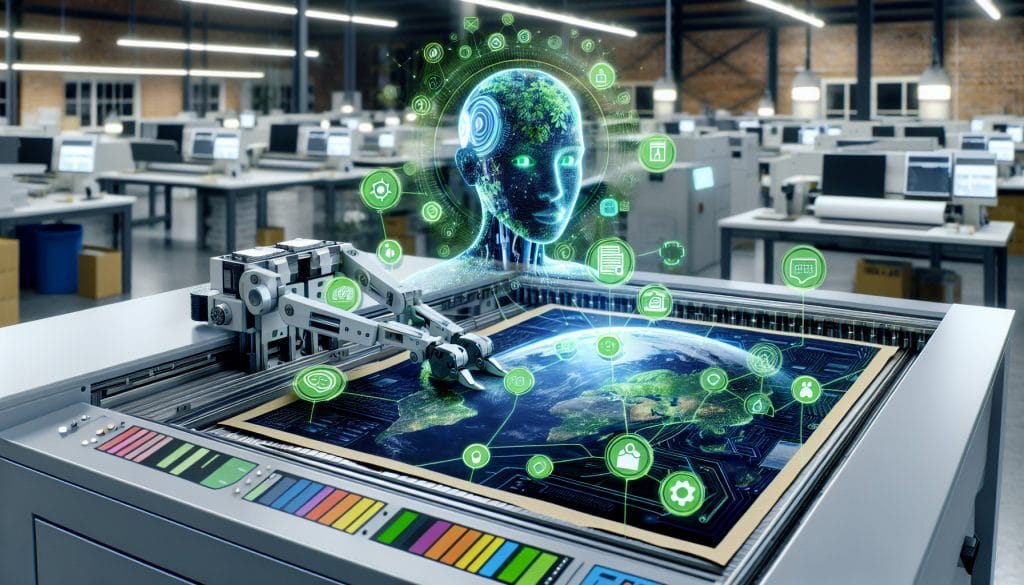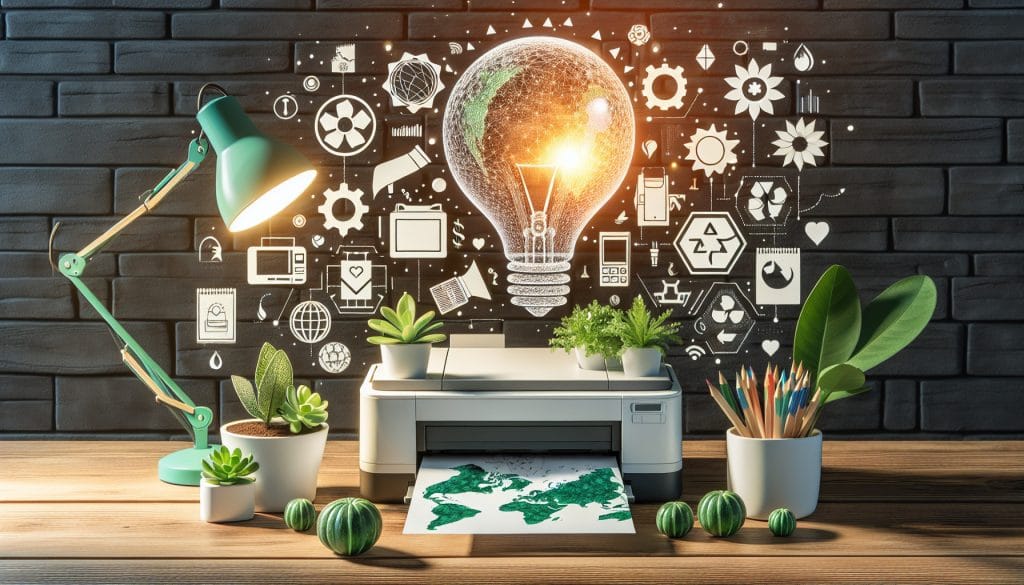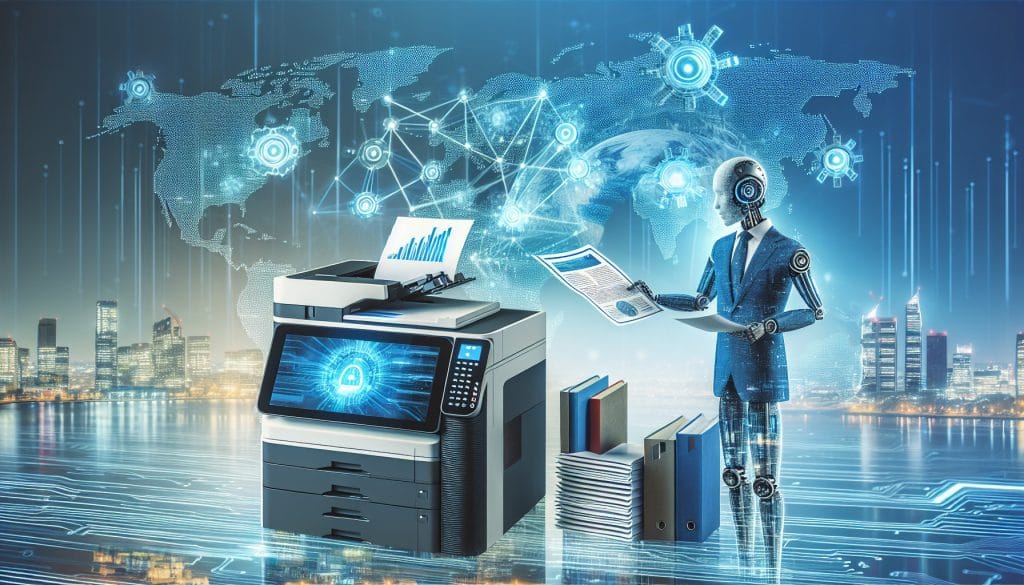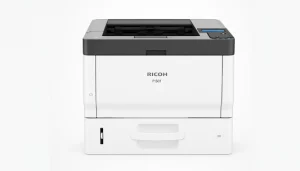Smart printing for sustainable households: An overview of the latest trends and technologies
In today’s world, where environmentally conscious action is becoming increasingly important, the search for sustainable printing solutions a key concern for many homes and businesses. Printing technology has evolved rapidly in recent years, and with these changes come numerous opportunities to make printing operations more environmentally friendly. In this article, we will look at the latest trends and technologies in sustainable printing and which printing solutions are best for your home or office.
The relevance of sustainability in printing
The printing industry has a significant impact on the environment. Immense amounts of paper, ink and other resources are consumed every year. It is estimated that printing documents in offices worldwide accounts for more than 40% of total emissions in the office. For this reason, the transition to sustainable printing solutions essential…
- Reducing paper consumption through digital solutions.
- Use of recycled paper and environmentally friendly inks.
- Implementation of energy-efficient printers and multifunction devices.
The latest printing technologies at a glance
Modern printers offer a variety of features that not only increase efficiency but also reduce environmental impact. Below we present some of the most innovative technologies you should consider:
1. Low energy consumption printer
Energy efficient printers are designed to use less power than conventional models. Manufacturers such as Lexmark offer products equipped with technology that significantly reduces energy consumption during printing. One example is the Lexmark 50F0Z00, known for its energy-efficient features.
2. Printing solutions that support recycled paper
Using recycled paper can reduce deforestation. Many printers now support the use of recycled paper and offer specific settings to optimize the use of resources.
3. Multifunctional devices
These devices combine several functions in one, such as printing, scanning and copying. This reduces the need for multiple machines, which not only saves costs but also energy and materials. An excellent example is the Ricoh MP C3503 SP, known for its versatility and efficiency.
An Overview of Printing Materials
Choosing the right printing materials is crucial for implementation sustainable printing solutions. The best options include:
- Recycled paper: Reduces the need for new raw materials.
- Biodegradable ink: Made from natural materials and is more environmentally friendly.
- special paper: Papers specifically designed for monochrome or color printing resolutions.
Digital transformation and the use of cloud printing solutions
Digital transformation has also reached the printing industry. Cloud printing solutions allow users to print documents from anywhere, saving not only time but also resources. By reducing hardware requirements, the environmental impact can be significantly reduced.
Cloud printing solutions also provide a way to monitor and manage print usage, helping to identify opportunities for sustainable alternatives.
Benefits of Sustainable Printing
Implementing sustainable printing solutions brings numerous advantages:
- cost savings: Less consumption of materials leads to lower operating costs.
- improving corporate reputation: An environmentally conscious company attracts environmentally conscious customers.
- contribution to climate protection: By reducing resource consumption, companies are making an active contribution to reducing CO2 emissions.
Case studies of companies that have switched to sustainable printing
More and more companies and households are turning to sustainable printing solutions. One example is a medium-sized company that has reduced its operating costs by 30% In addition, paper consumption was reduced by 50% reduced by switching to digital alternatives.
Another company has used cloud printing services Paper consumption has been significantly reduced, while the flexibility for employees to work from anywhere has been significantly increased.
Technological innovations to reduce the ecological footprint
Many manufacturers are turning to more and more innovative technologies:
- waterless printing technology: No water chemicals are used, which reduces waste.
- printer with integrated shelf life monitoring: These systems prevent overuse and reduce waste.
- Alternatives to Ink: Manufacturers are currently researching the use of biodegradable printing media and plant-based inks.
Future Outlook: The Next Steps for More Sustainable Printing
Printing technology will continue to develop to become even more environmentally friendly. Reducing resource consumption and improving material efficiency are the main focus. As a consumer, you can contribute to sustainability by actively supporting sustainable printing solutions and look for environmentally friendly alternatives. The combination of the latest printing technology and responsible action will lead the industry in the right direction.

